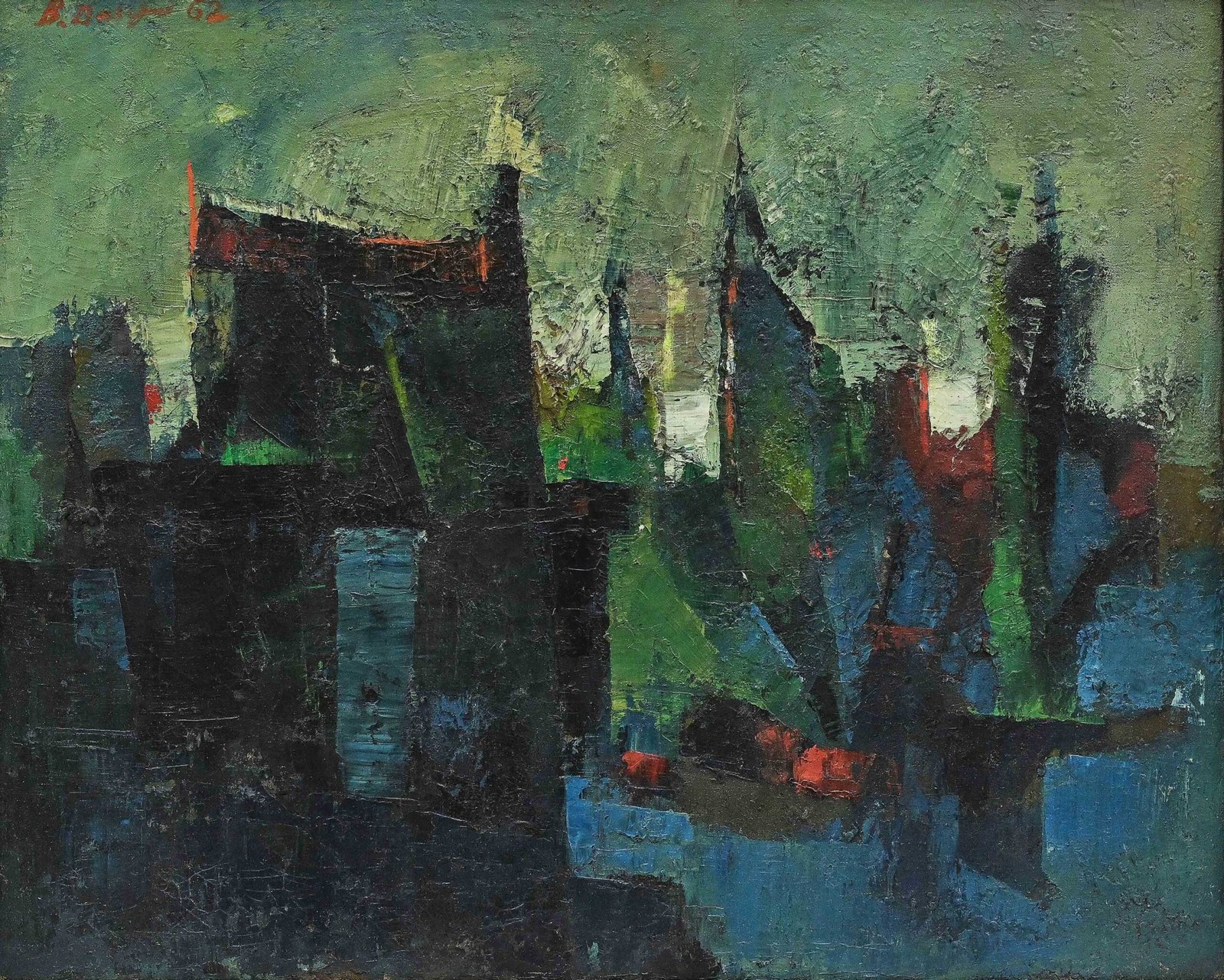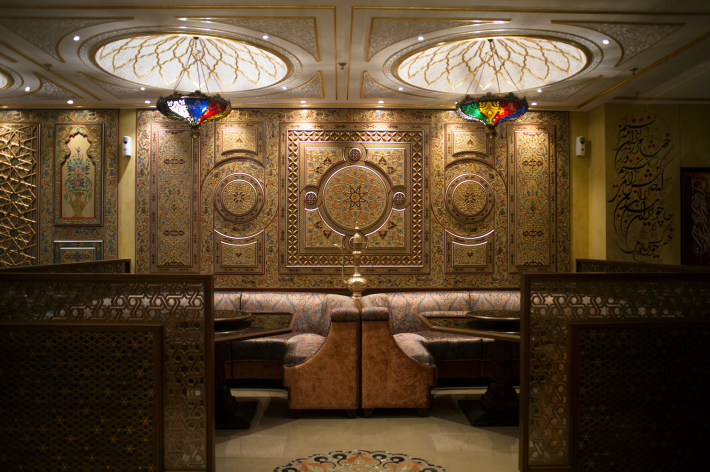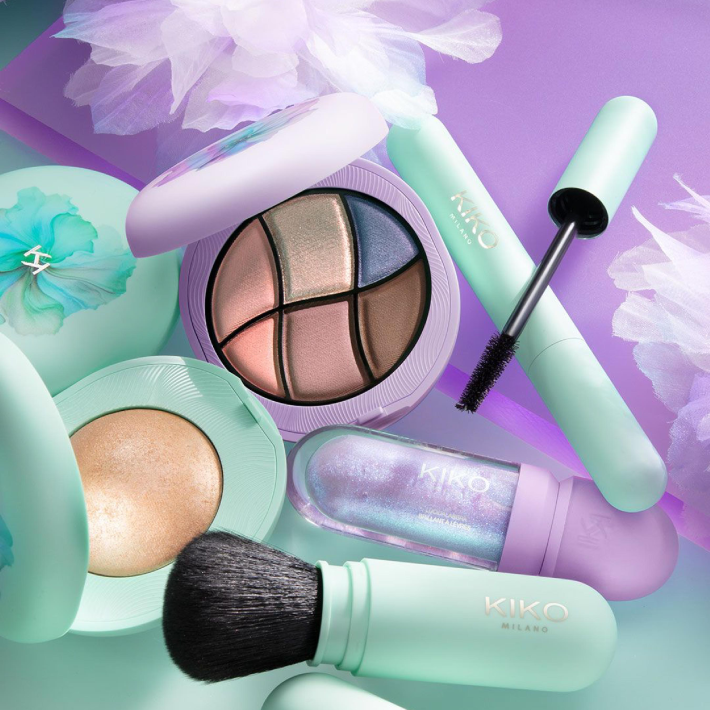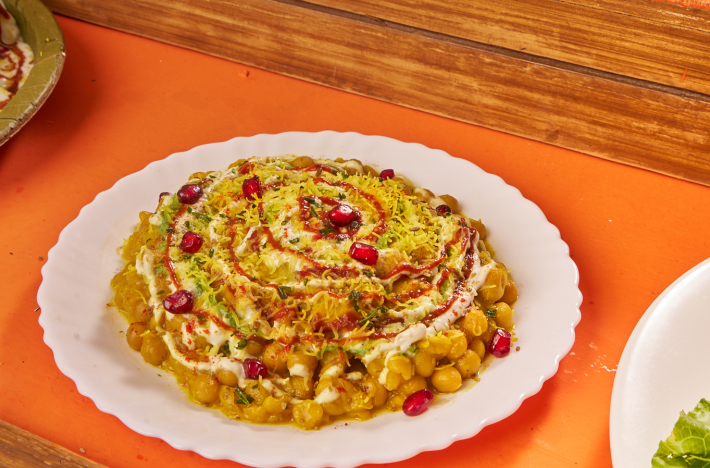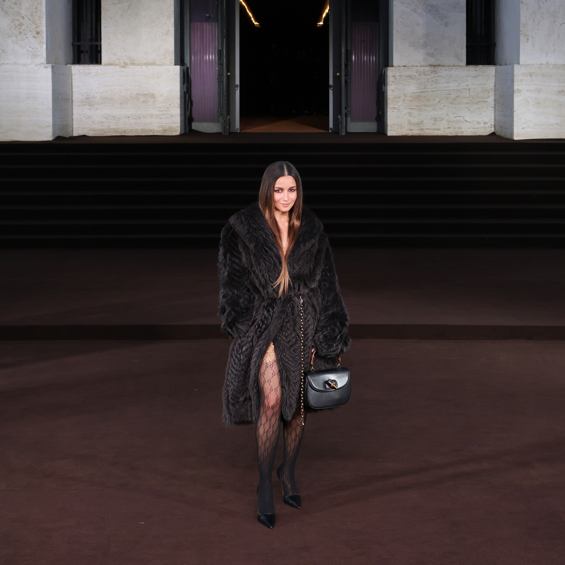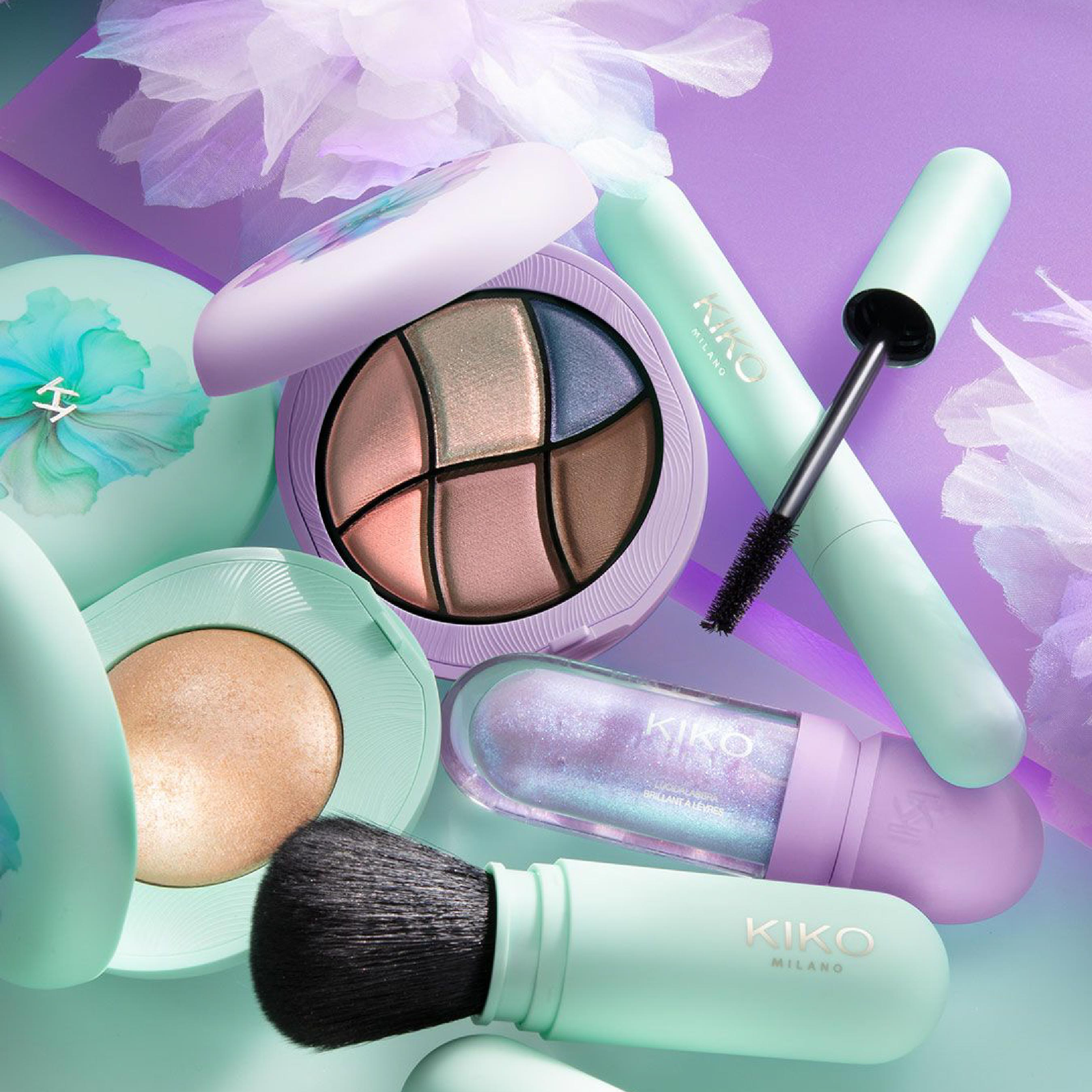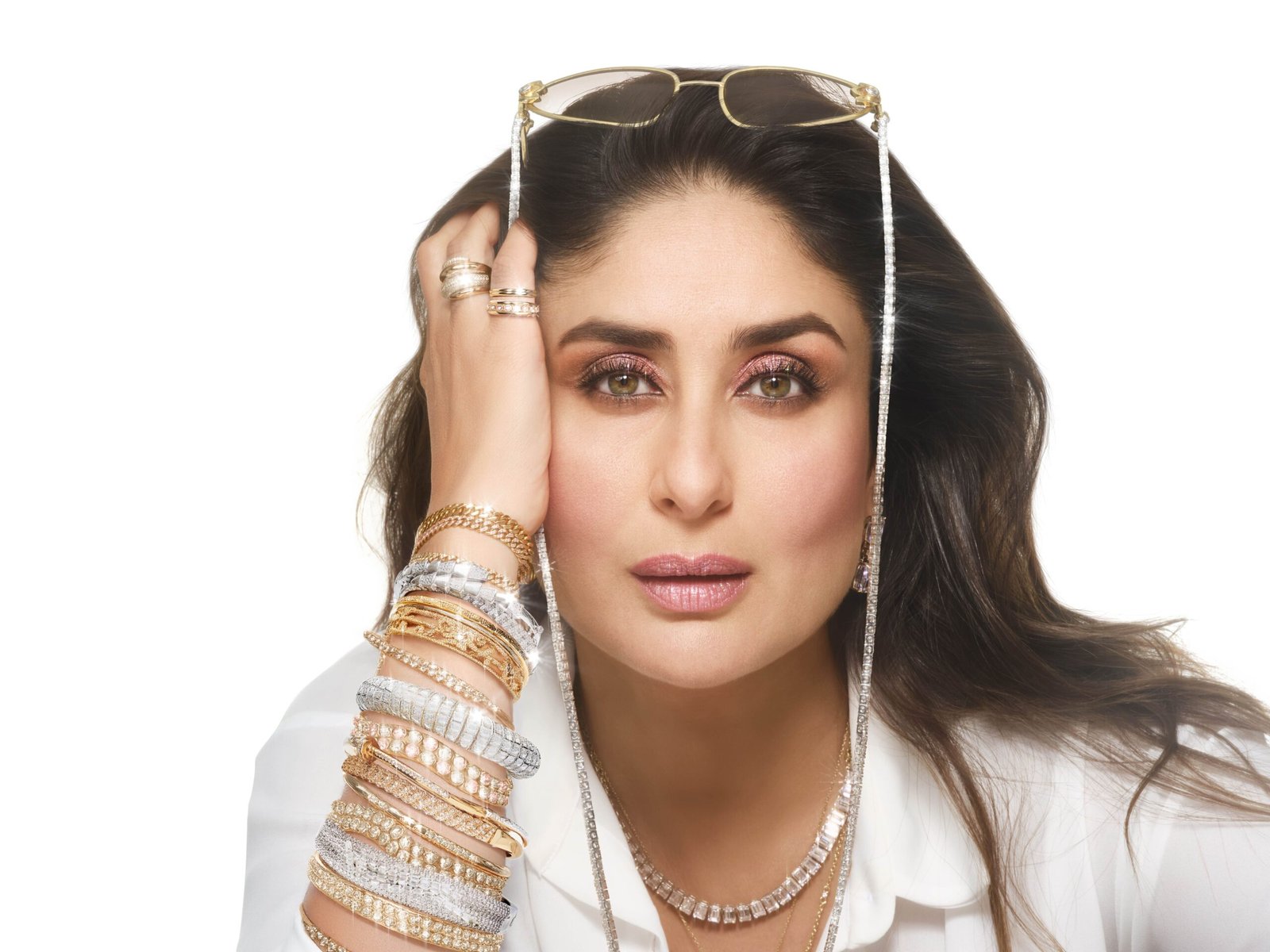Three decades after we lost Bimal Das Gupta, his canvas still whispers stories of revolution. In the 1940s, when Indian art was prancing in figurative styles inspired by mythology and folklore, Das Gupta dared to dream in abstracts—becoming one of the first artists to break away from the familiar embrace of figurative art. His bold strokes and ethereal compositions didn’t just create paintings; they opened doorways to new possibilities in post-independence India.
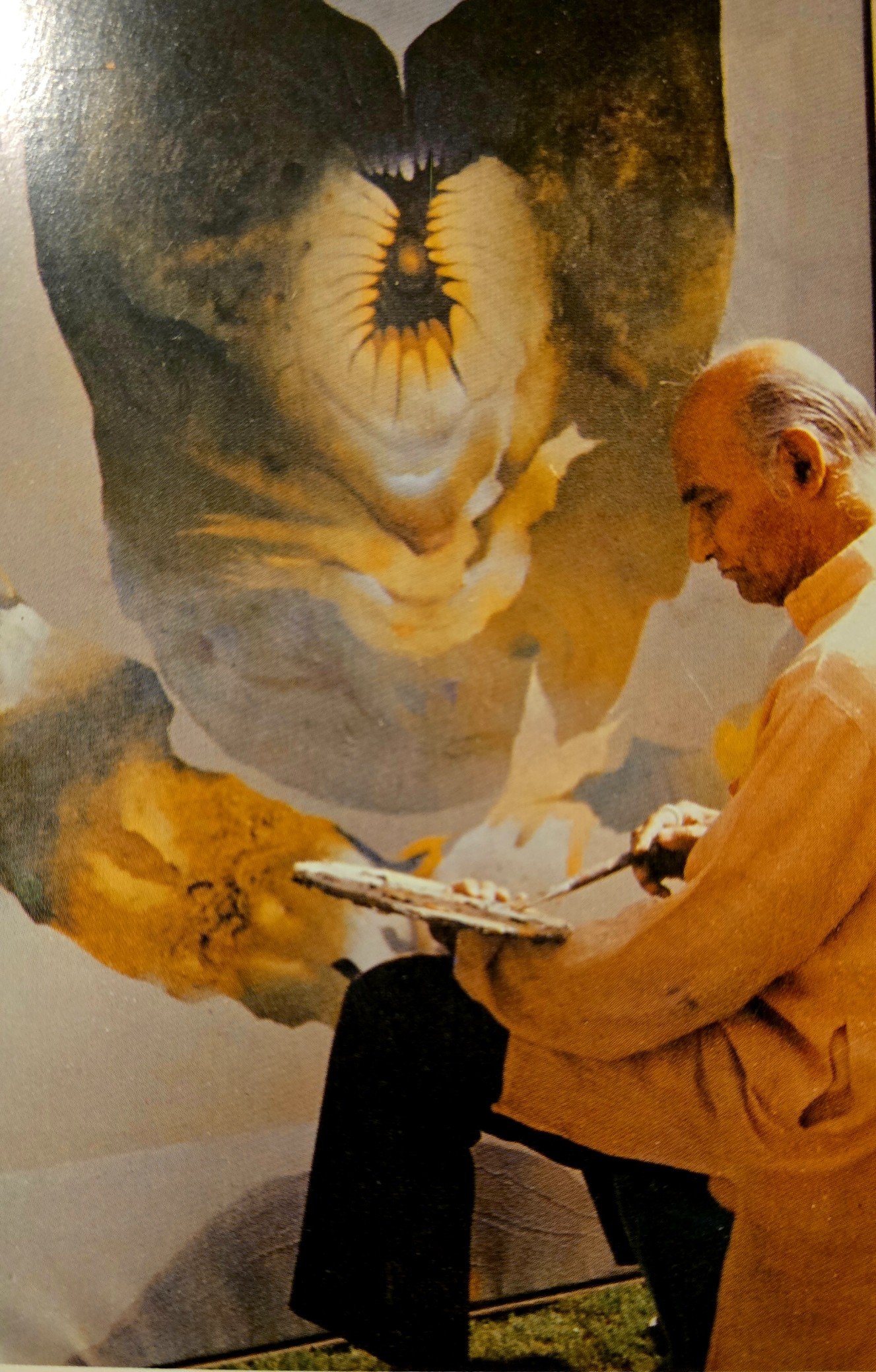
Life has a nasty way of playing tricks on legacy. After Das Gupta’s tragic passing in 1995, his masterpieces slipped into the shadows. But art, like truth, has a way of resurfacing. Today, his works are finding their way back into the spotlight, with “Bimal Das Gupta: Tutelage—An Ode to a Legend” marking his triumphant return. From the raw energy of his 1930s pieces to his final strokes in 1995, each work speaks of an artist who saw the abstract universe in colours most eyes missed.
“The timing couldn’t be more perfect,” Vikram Mayor, Director of Gallery Silver Scapes, shares with a smile that flickers in his eyes. His sentiment echoes in Uday Jain‘s words, as the Managing Director of Dhoomimal Gallery leans forward: “Das Gupta’s work isn’t just art—it’s a bridge between yesterday’s courage and tomorrow’s possibilities.” Together, they’re ensuring that the master’s vision continues to inspire new generations of dreamers and creators.
In an intimate dialogue with Rajeev Mokashi from TheGlitz, gallery luminaries Vikram Mayor and Uday Jain reflect on their deep personal resonance with Bimal Das Gupta’s revolutionary abstract vision.
Bimal Das Gupta: Tutelage—An Ode to a Legend
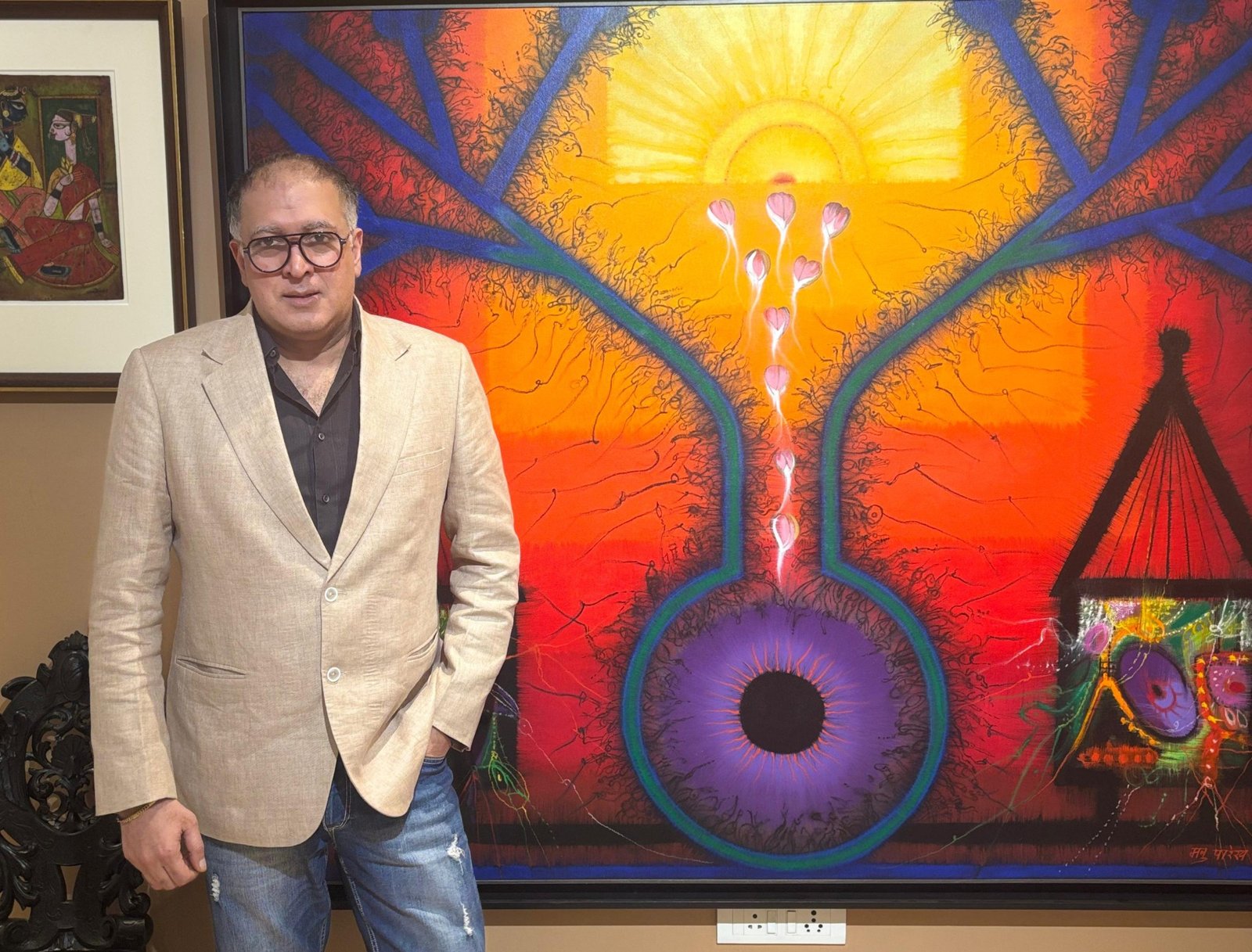
What are your personal memories of Bimal Das Gupta, and how have these influenced your commitment to championing his work?
My memories of Bimal Das, or Bimal Da as I affectionately called him, are etched in my heart forever. I recall his daily visits to our home, where he’d arrive punctually in his black and yellow taxi, bringing with him a sense of warmth and humility. As a child, I’d often visit him to watch him paint and fly kites, mesmerised by his creativity and kindness.
As I grew older, I began to appreciate the significance of his art and the profound impact he had on the Indian art scene. My mother, Manjula Badhwar Mayor, had started the art gallery Habiart with Mrs. Rekha Modi, where Bimal Da was a guiding light. His influence on Indian art is immeasurable, with many notable artists drawing from his styles.
Despite nurturing many successful artists, his own work didn’t receive the recognition it deserved. Yet, Bimal Da’s legacy continues to inspire me, and I feel grateful to have known this profound artist and beautiful human being.
What sparked your interest in championing Bimal Das Gupta’s work, especially given that his abstract style was revolutionary for 1940s India?
As I reflect on our family’s cherished collection of Bimal Das Gupta’s artworks, I’m reminded of the numerous exhibitions we’ve hosted and the profound impact he had on our lives. Yet, it’s disheartening to see his contemporaries and artists inspired by him achieve great success, while his genius went unrecognised.
This exhibition is a labour of love, a tribute to India’s pioneering abstractionist who dared to defy convention. Bimal Da, as I fondly called him, was more than just an artist – he was a mentor, a friend, and a guiding light. His bold departure from realistic art redefined Indian art history, yet his name was conveniently left out of the narrative.
Through this exhibition, we hope to rectify this oversight and share Bimal Da’ remarkable story with the world. His legacy deserves to be celebrated, and I’m honoured to play a part in ensuring his genius is recognised.

How do you see Das Gupta’s transition from figurative art to pure abstraction resonating with contemporary art collectors and audiences?
Today, abstractionism is a cornerstone of the Indian art scene, celebrated for its innovation and expressiveness. As I see it, art transcends time, with pioneers like Bimal Das Gupta laying the groundwork for future generations. His masterful works, marked by groundbreaking techniques, ideologies, and innovations, continue to inspire awe. Despite countless attempts, artists have been unable to replicate his unique style, underscoring the significance of his contributions.
Bimal Das Gupta’s art deserves to be showcased in prominent museums and public spaces, where it can be appreciated by a broader audience. His futuristic works, which resonated strongly with international audiences from the outset, were ahead of their time, meeting or exceeding global standards. It’s only a matter of time before his genius is widely recognised, and he takes his rightful place alongside India’s most revered art legends.
Could you share insights about any previously unseen works that emerged during the curation of ‘Bimal Das Gupta: Tutelage—An Ode to a Legend’?
Bimal Das Gupta’s remarkable body of work was largely comprised of pieces from the esteemed collections of Dhoomimal Gallery and Gallery Silver Scapes. His association with Dhoomimal Gallery dates back to the 1940s, while his connection with us began in the mid-1980s. Notably, Bimal Da was an artist who remained loyal to his affiliated galleries, rarely venturing beyond them.
The emergence of his works from the National Gallery of Modern Art (NGMA) and Mr. Murti Ahuja of Ahuja Framers was a welcome surprise, unveiling some of his rarest and most unique creations. Each piece served as a milestone, illuminating his artistic journey from a realistic painter to one of India’s leading abstractionists. This comprehensive collection has allowed us to chronicle his growth, providing a fascinating insight into the evolution of his style.
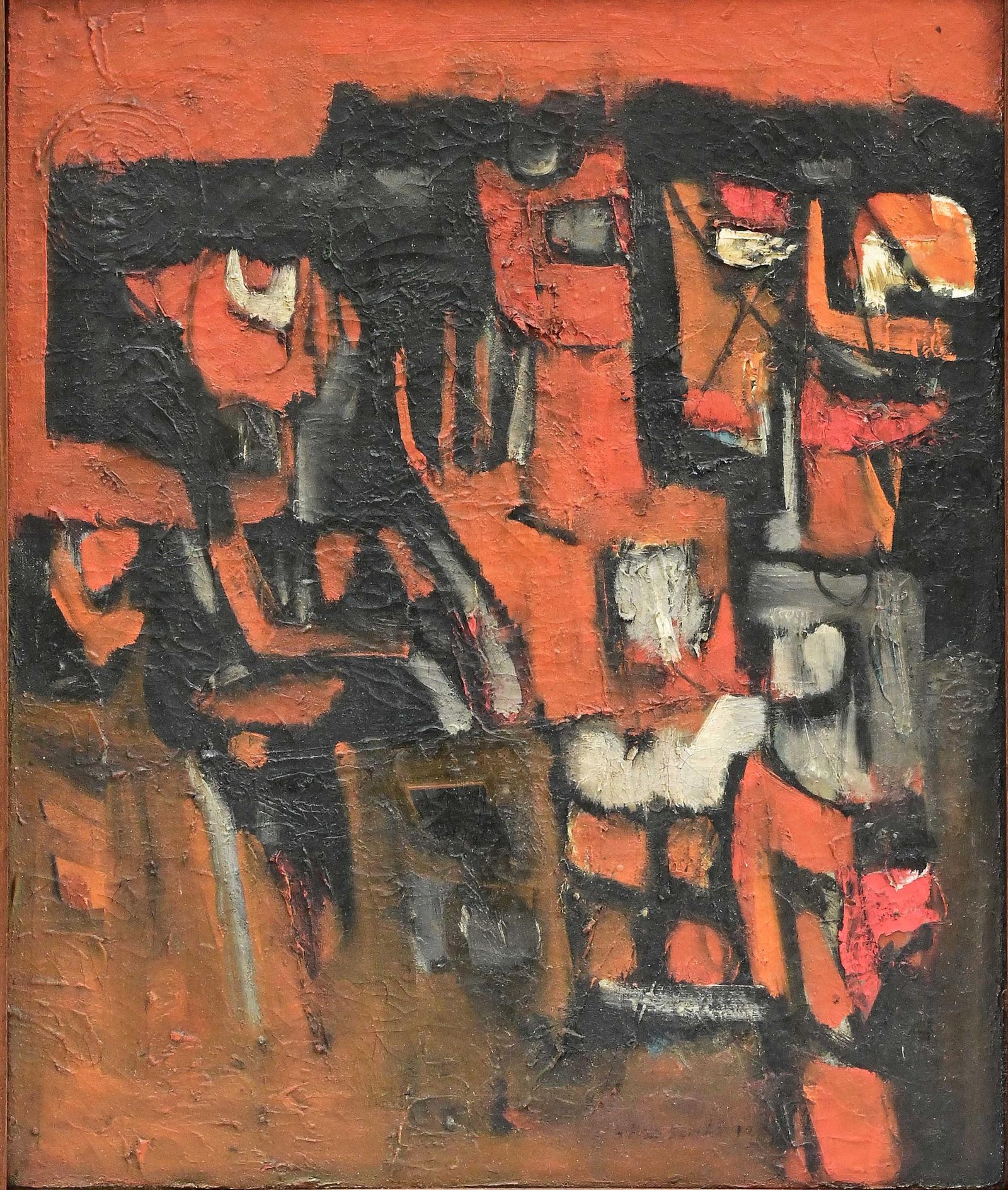
As someone deeply connected to abstractionism, what aspects of Das Gupta’s artistic philosophy do you find most relevant to today’s art scene?
Bimal Das Gupta was a visionary artist who transcended the boundaries of abstractionism, earning him the reputation as a creative genius. His innovative experimentation with diverse mediums has had a lasting impact on the art world, setting a benchmark that few have matched.
A pioneer in incorporating Tantra Philosophy and Darwinistic Genesis into his work, Bimal Das Gupta’s art continues to inspire and influence contemporary artists. His groundbreaking innovations in mythological, nature-related and landscape abstractionism and watercolour abstracts have left an indelible mark on the evolution of modern art.
Today, Bimal Das Gupta is revered as the “Grandfather of Modern Abstractionism,” a testament to his profound contribution to the development of Indian art. His legacy serves as a beacon, inspiring future generations of artists to push the boundaries of creativity and innovation.
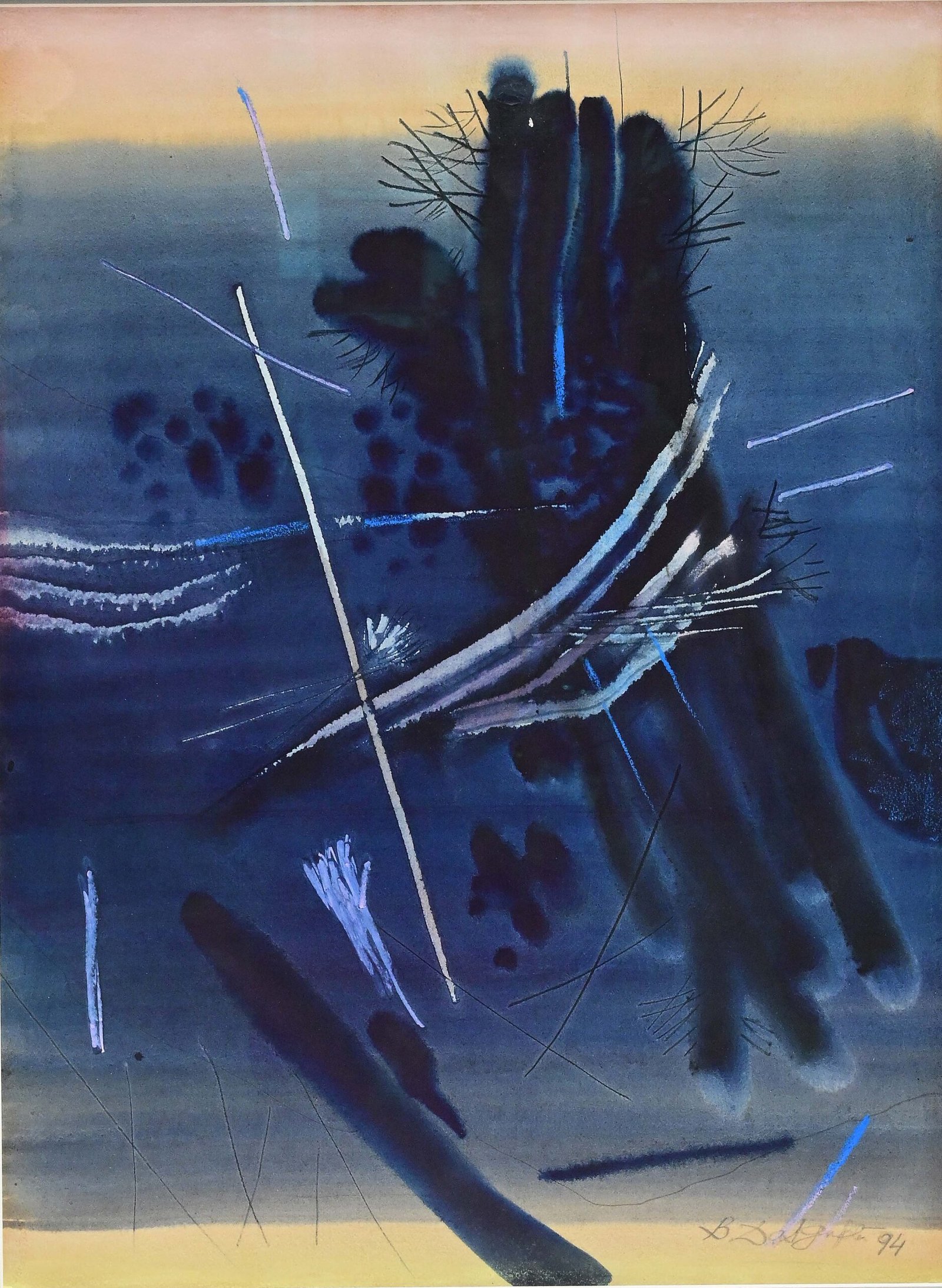
Given Das Gupta’s significant role as a mentor, how do you plan to highlight this aspect of his legacy in future exhibitions?
Due to the rarity of Bimal Das Gupta’s works, it’s indeed challenging to replicate an exhibition of the calibre we presented. However, we’re committed to keeping his legacy alive through upcoming publications and talks that will delve into his fascinating life and artistic genius.
These forthcoming events will celebrate his remarkable body of work, shedding light on his impactful mentoring, which has inspired generations of artists. We’ll share anecdotes, insights, and stories that reveal the depth of his creativity and innovative spirit. By sharing his story, we aim to ensure that Bimal Das Gupta’s contributions to Indian art continue to inspire and educate audiences for years to come, cementing his place as a pioneer in the world of abstractionism.
Over to Uday Jain
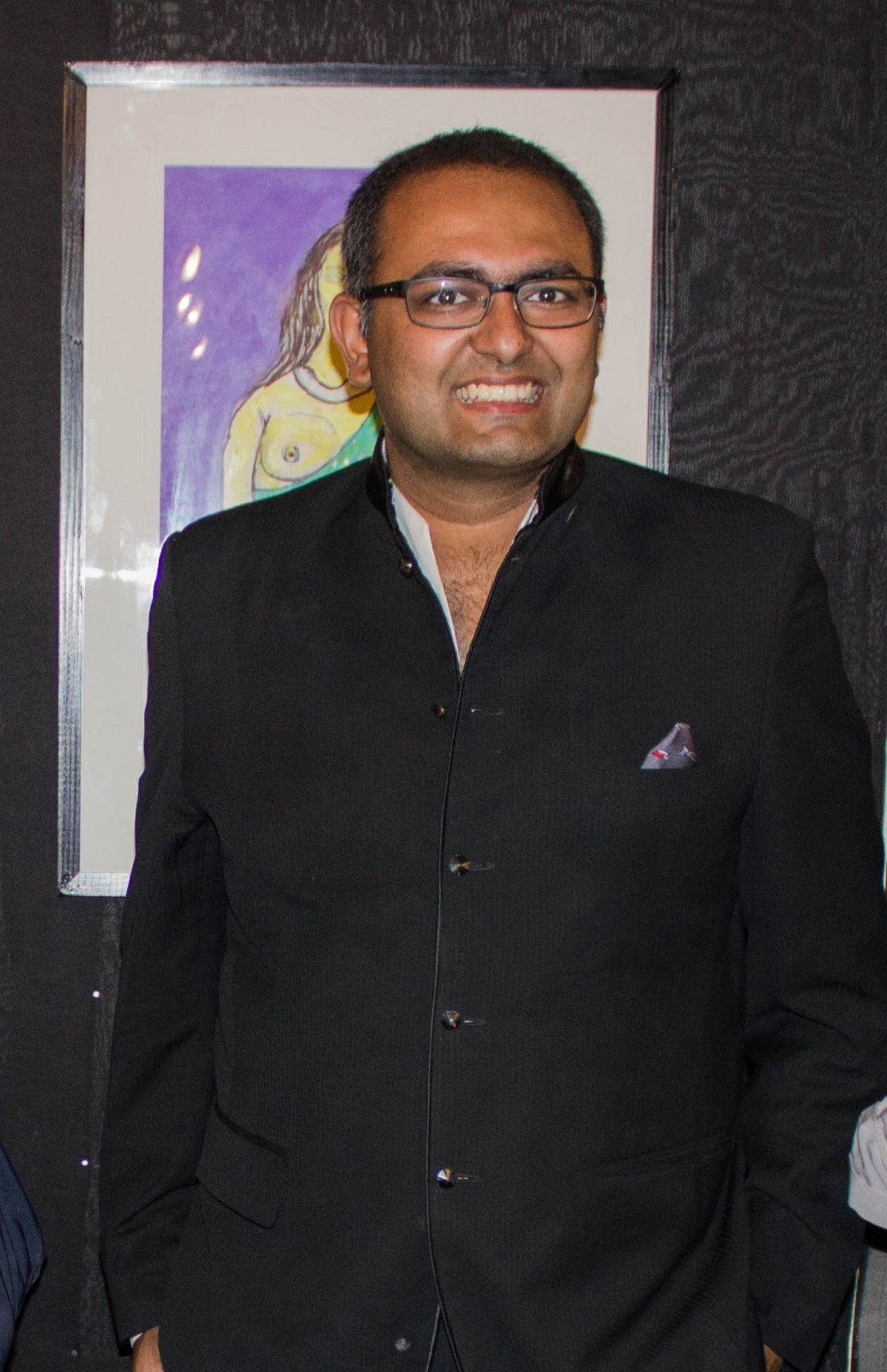
With patrons like former Prime Ministers I.K. Gujral and V.P. Singh admiring Das Gupta’s work, how do you see this historical patronage influencing his market value today?
For decades, Bimal Das Gupta’s works have been cherished by esteemed collectors, including former Prime Ministers I.K. Gujral and V.P. Singh, as well as top industrialists. His art has found a home in some of the world’s most prominent collections. Despite this, a lack of awareness led to his value being underestimated, and his contributions to Indian art were often overlooked.
However, our recent exhibition has sparked a newfound recognition of his genius, drawing record attendance and igniting a surge in commercial interest. It’s a welcome shift, as India’s art market has often prioritised glamour over substance. The exhibition has not only rekindled appreciation for Bimal Das Gupta’s art but also highlighted his influence on generations of Indian artists.
We hope that in the future, Bimal Das Gupta will receive the commercial success he deserves, cementing his place among India’s most celebrated artists.
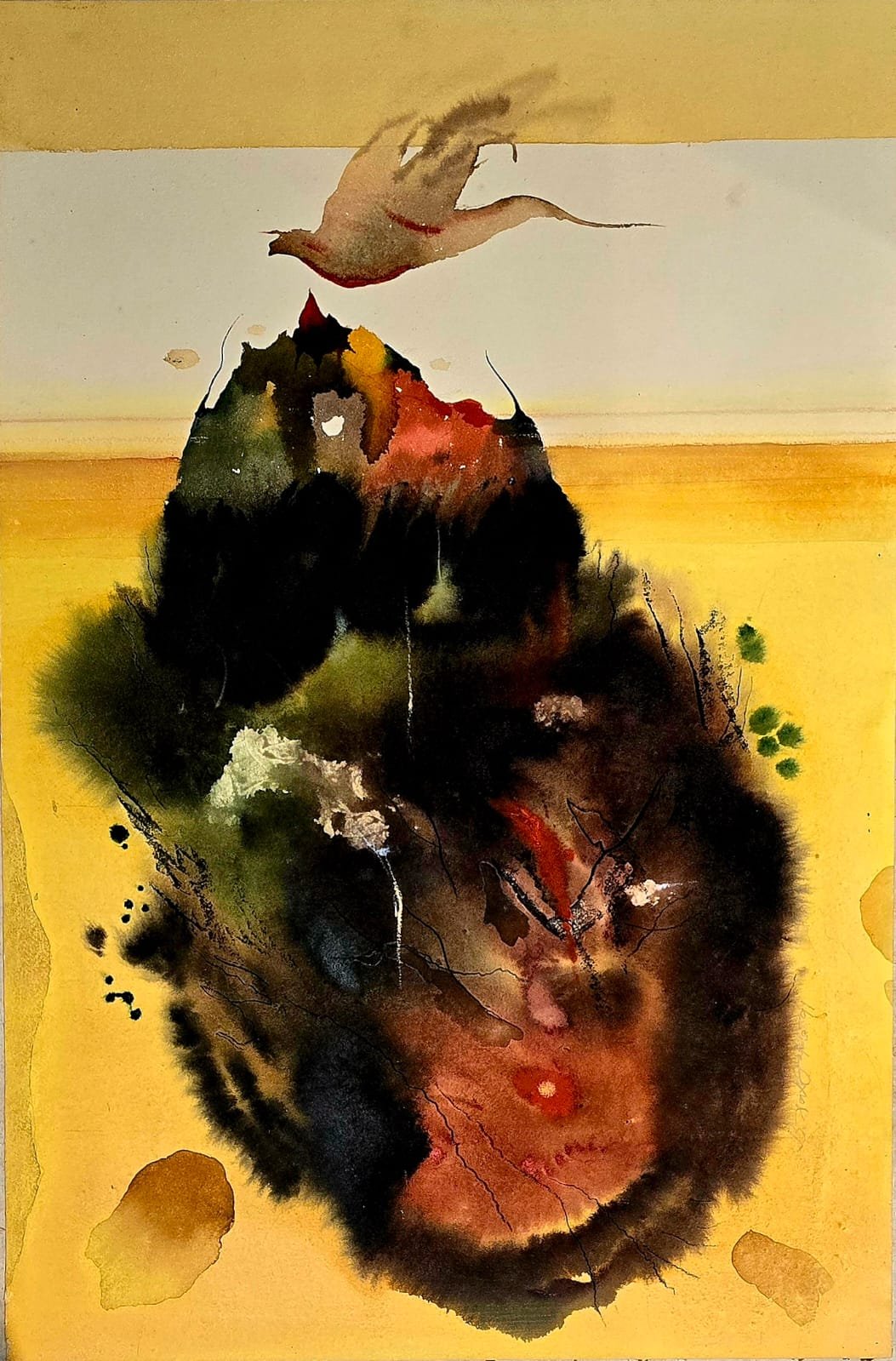
What motivated Dhoomimal Gallery to participate in this renewed focus on Bimal Das Gupta’s work after three decades of relative obscurity?
Bimal Das Gupta’s association with Dhoomimal Gallery is a legacy that spans generations, a testament to our enduring relationship. As a child, I recall Bimal Da fondly reminiscing about my father in the same manner as a child, highlighting the depth of our connection. His stories sparked a deep appreciation for the artist and his craft. For me, showcasing his genius was a dream project, driven by a passion to illuminate the contributions of this legendary artist.
Over the past 90 years, Dhoomimal Gallery has had the privilege of hosting numerous exhibitions featuring Bimal Da’s works. Our collaboration with Gallery Silver Scapes on this latest show was a culmination of our efforts to bring his art to the forefront. Our recent exhibition has sparked a newfound recognition of his genius, drawing record attendance and igniting a surge in commercial interest. It’s a welcome shift, as India’s art market has often prioritised glamour over substance. The exhibition has not only rekindled appreciation for Bimal Das Gupta’s art but also highlighted his influence on generations of Indian artists.
We hope that in the future, Bimal Das Gupta will receive the commercial success he deserves, cementing his place among India’s most celebrated artists.
